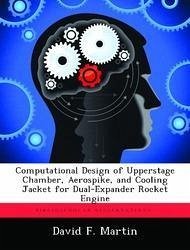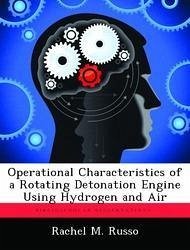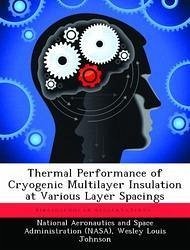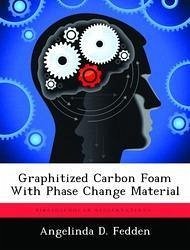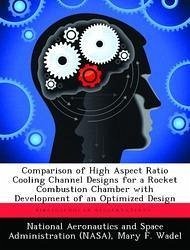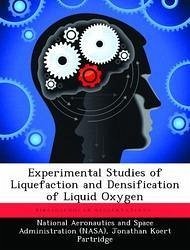
Optimized Dual Expander Aerospike Rocket
Versandkostenfrei!
Versandfertig in über 4 Wochen
53,99 €
inkl. MwSt.
Weitere Ausgaben:

PAYBACK Punkte
27 °P sammeln!
Research at the Air Force Institute of Technology (AFIT) focused on designing a cryogenic dual-expander aerospike nozzle (DEAN) upper stage rocket engine to produce 50,000 pounds-force (222.4 kilo-Newtons) vacuum thrust, 464 seconds of vacuum specific impulse and a thrust-to-weight ratio of 106.5. The use of dual expander cycles improves engine reliability, maximizes efficiency, and eliminates some catastrophic failure modes. An upper stage engine with an aerospike nozzle is shorter and lighter than an equivalent performing conventional bell nozzle upper stage engine. Previous research focuse...
Research at the Air Force Institute of Technology (AFIT) focused on designing a cryogenic dual-expander aerospike nozzle (DEAN) upper stage rocket engine to produce 50,000 pounds-force (222.4 kilo-Newtons) vacuum thrust, 464 seconds of vacuum specific impulse and a thrust-to-weight ratio of 106.5. The use of dual expander cycles improves engine reliability, maximizes efficiency, and eliminates some catastrophic failure modes. An upper stage engine with an aerospike nozzle is shorter and lighter than an equivalent performing conventional bell nozzle upper stage engine. Previous research focused on first developing a feasible closed DEAN design model and secondly expanding the model to support parametric trade and optimization studies. The current research effort used previous research as a foundation to create a reliable system level modeling tool to estimate performance, engine weight, and geometry for the DEAN concept. The model incorporated the Numerical Propulsion System Simulation (NPSS(TM)) software by NASA, Two-Dimensional Kinetics '04 (TDK'04(TM)) by Software and Engineering Associates, Inc, and ModelCenterTM by Phoenix Integration. Research obtained a new DEAN design point meeting physical and reusability design constraints from model trade and optimization studies. The new design has a vacuum thrust and a thrust-to-weight ratio of 50,161 lbf (223.1 kN) and 142.2, respectively. Furthermore, the new design has a vacuum specific impulse of 430.6 seconds, failing to meet the vacuum specific impulse design goal by 33.4 seconds or 7.3%. The model used common metals, alloys, and ceramics to improve near-term anufacturability of the DEAN. Current research laid a pathway for further research to find the optimum DEAN design point meeting all the design goals including vacuum specific impulse.



